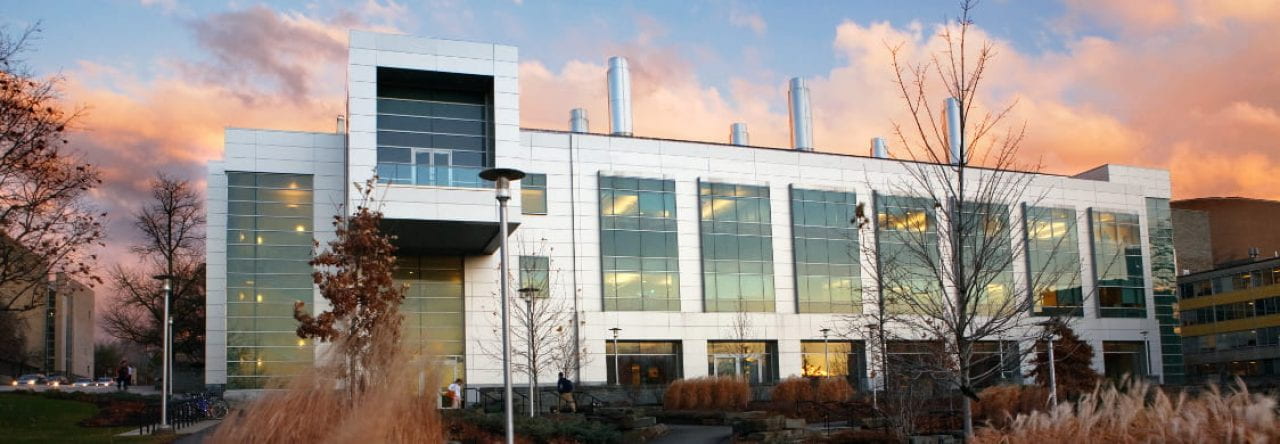Jonathan T. Butcher
Professor
Meinig School of Biomedical Engineering
Biography
Prof. Butcher’s research initiative focuses on understanding the roles of mechanical forces in shaping cardiovascular morphogenesis and adult disease with an emphasis on heart valves. His long-term objectives are to use developmental paradigms to discover novel disease paradigms and regenerative strategies. There are three research thrusts:
- Cardiovascular developmental mechanobiology. We are working to understand the complex engineering that drives the formation and function of the embryonic heart and its valves. We are developing novel animal models of defective cardiogenesis and valvulogenesis using microsurgical and genetic approaches. We then quantify how the local biomechanical and hemodynamic environment is altered as well as downstream morphogenesis. We have developed novel microscale biomechanical testing devices for embryonic soft tissues, as well as novel imaging methods using Micro-computed tomography and ultrasound. We also conduct computational simulations of hemodynamic and mechanics using anatomically precise geometries of normal and malformed hearts. Finally, we apply novel 3D engineered tissue culture systems to dissect molecular and cellular mechanisms. Our long term goal is to apply the governing engineering principles we identify to identify congenital problems earlier, restore normal mechanical signaling to rescue normal cardiac anatomy and function.
- Developmental paradigms in postnatal valve disease. Numerous postnatal diseases involve cell and tissue changes that mimic immature developmental phenotypes. Examples include myxomatous valve disease and valve sclerosis. We have identified two proteins with unique expression patterns and functions in embryonic and adult valve mechanobiology. We have developed knockout and transgenic mice to study these proteins in this context, as well engineered tissue models and bioreactor systems capable of exposing these tissues to defined multimodal mechanical stimulation regimens. Long term goals will be to identify unique ligands and/or peptides with specificity to heart valve endothelium and capability to encourage quiescent mature cell phenotypes and interactions.
- Heart valve tissue engineering. We have previously developed 3D engineered tissue models of heart valve leaflets incorporating native cellular interactions within defined matrix environments. As our understanding of embryonic valvular maturation develops, we plan to capitalize on this blueprint for “natural engineering” of the aortic and mitral valve. Other research efforts include utilizing our developed model to study pathogenesis of adult valvular diseases and the effectiveness of therapeutic targets, developing biomaterial surface modifications to endothelialize mechanical valve prostheses, and new biomaterial substrates to encourage valvular cell phenotype development from stem/progenitor sources.
Research Interests
- Computer Aided Diagnosis
- Biomedical Imaging and Instrumentation
- Biomechanics and Mechanobiology
- Molecular and Cellular Engineering
- Computational Mechanics
- Computational Fluid Dynamics
- Fluid Dynamics and Rheology
- Computational Solid Mechanics
- Rapid Prototyping
- Mechanics of Biological Materials
- Biomedical Engineering
- Bioengineering
- Image Analysis
- Microfluidics
- Systems and Synthetic Biology
- Tissue Engineering and Biomaterials
Selected Publications
- Wang, Y., B. Wu, E. Farrar, W. Lui, P. Lu, D. Zhang, C. Alfieri, K. Mao, M. Chu, D. Yang, D. Xu, M. Rauchman, T. Verdon, S. Conway, K. Yutzey, J T. Butcher, B Zhou. 2015. “Notch-Tnf signaling is required for arterial valve development and homeostasis.” European Heart Journal.
- Gould, R A., H C. Yalcin, J L. MacKay, K. Sauls, R. Norris, S. Kumar, J T Butcher. 2016. “Cyclic Mechanical Loading Is Essential for Rac1-Mediated Elongation and Remodeling of the Embryonic Mitral Valve.” Current Biology 26 (1): 27-37.
- Wu, S., B. Duan, P. Liu, C. Zhang, X. Qin, J T Butcher. 2016. “Fabrication of Aligned Nanofiber Polymer Yarn Networks for Anisotropic Soft Tissue Scaffolds.” ACS Applied Materials & Interfaces 8 (26): 16950-16960.
- Farrar, Emily J., Varsha Pramil, Jennifer M. Richards, Christopher Z. Mosher, J. T. Butcher. 2016. “Valve interstitial cell tensional homeostasis directs calcification and extracellular matrix reModeling processes via RhoA signaling.” Biomaterials 105: 25-37.
- Gould, R., D M. Bassen, A. Chakrabarti, J D. Varner, J T Butcher. 2016. “Population Heterogeneity in the Epithelial to Mesenchymal Transition Is Controlled by NFAT and Phosphorylated Sp1.” PLoS computational biology 12 (12): e1005251-e1005251.
Selected Awards and Honors
- Elected Fellow American Society of Mechanical Engineers (ASME) 2021
- Elected Fellow (American Institute for Medical and Biological Engineering) 2019
- Elected Fellow of the American Heart Association 2018
- John Swanson ’61 ME in honor of his mother, Dorothy G. Swanson, Excellence in Teaching Award (Cornell University, College of Engineering) 2011
- NSF CAREER Award (National Science Foundation (NSF)) 2010
Education
- Joint B.S./M.S. (Mechanical and Aerospace Engineering), University of Virginia, 2000
- Ph.D. (Mechanical Engineering), Georgia Institute of Technology – School of Mechanical Engineering, 2004
- Postdoc (Developmental Biology/Pediatric Cardiology), Medical University of South Carolina, 2007





